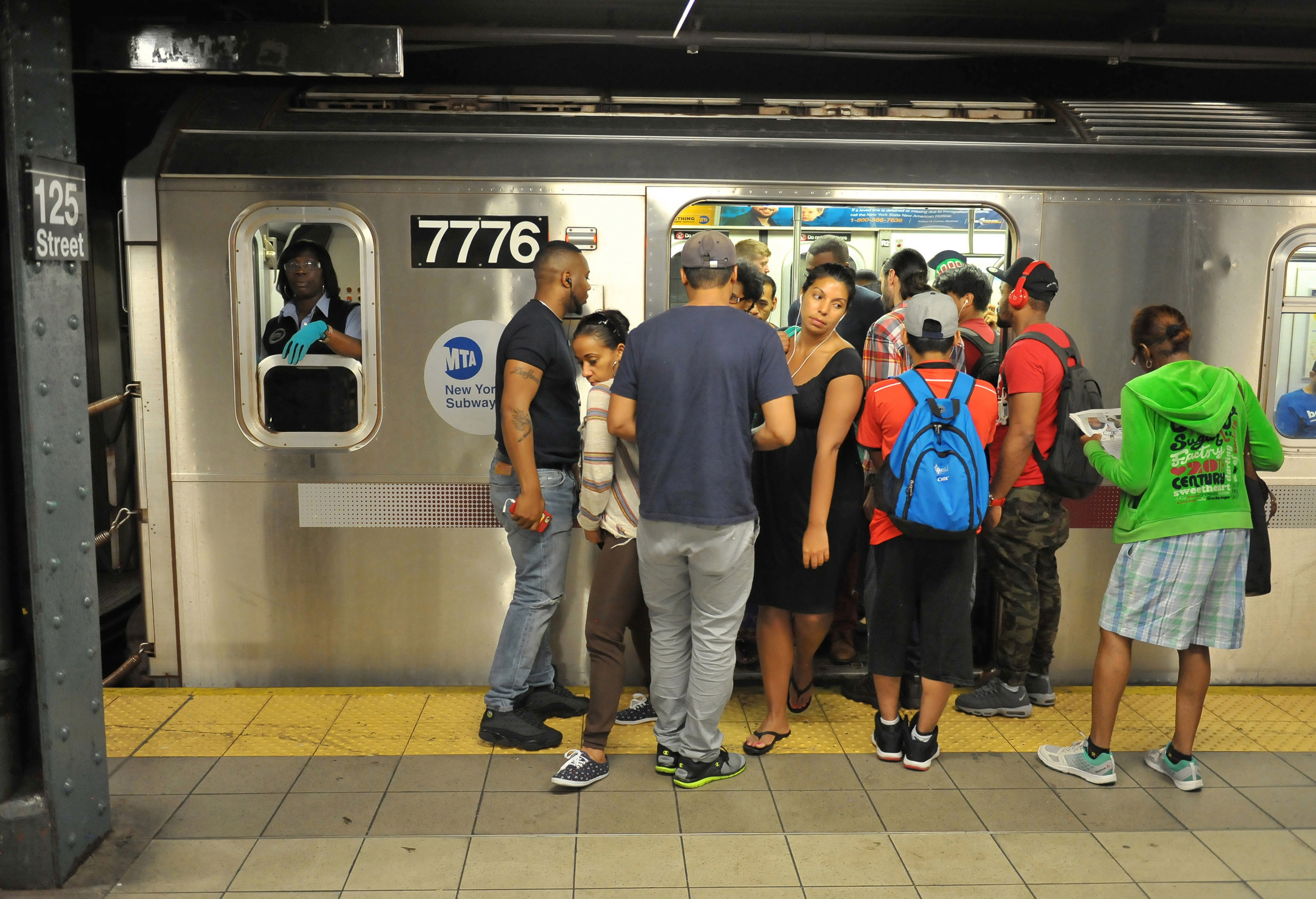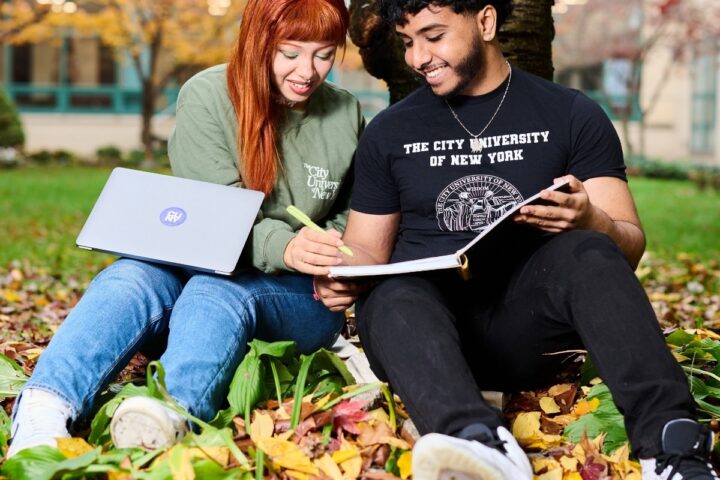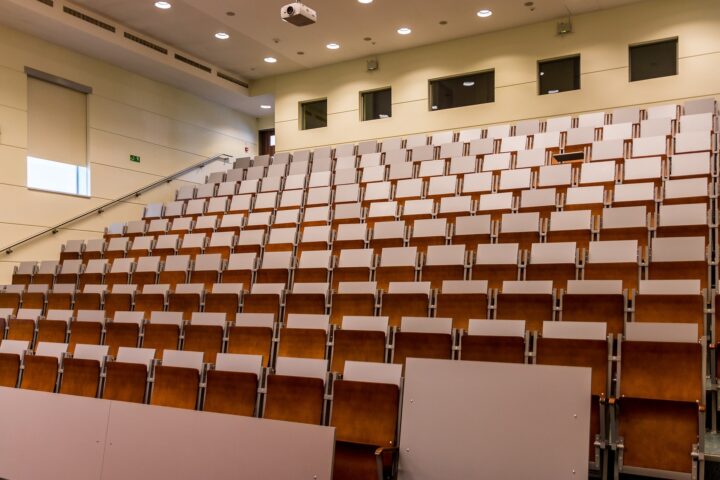The Metropolitan Transit Authority boasts the slogan “improving nonstop,” however; its latest improvement is not very popular with students.
The latest MTA change is the use of the NOVA-LFS bus models used by the Q88 and Q44. Students who frequent these bus lines find these new buses cause long delays in their travel time. The buses are hybrid, lower to the ground — making it easier for riders to board — and some come in a longer model, adding half a bus lengths attachment to the back of the bus, thus carrying more passengers.
“If I get out at 4:30 p.m. or 5:30 p.m., I’m usually waiting for half an hour on the bus line,” senior, Solange Castellar said. “The buses usually never get to the Horace Harding stop on time and practically every bus that comes is packed.”
Contrary to student experiences, these new buses were designed to improve ridership and make room for more passengers. According to MTA media relations press liaison Deirdre Parker, the buses were designed to better both passenger comfort and travel time.
“These buses are replacements for the older buses in the fleet being retired. Newer equipment means more reliable service with fewer breakdowns,” Parker said. “The buses are a floor design which means easier and faster boarding for people with impaired mobility.”
Despite the intentions of the MTA, the NOVA-LFS has created more problems than solutions. Several students now have to go out of their way to ensure they arrive to QC on time for classes.
“The inconsistency of the Q88 has added an extra half hour to my trip to school,” senior, Ben Chasse said. “I go out of my way to get to the Queens Center Mall to get the bus at its origin, otherwise I risk not catching a bus at 108 Street because they are constantly foul. The schedule is meaningless.”
These new buses seat either 41 or 62, depending on the model. Students have said that the longer models with more ridership capacity, gives the buses an excuse to come less often.
“There are too few Q88’s running during a.m. and p.m. rush and I sometimes wait up to 45 to 60 minutes at Dunkin Donuts for a bus with room for me,” Chasse said.
Parker does not attribute these long delays in service to the NOVA-LFS itself, but rather to factors such as traffic and heavy ridership.
“Both routes are high volume lines. The Q88 is a high ridership line serving many schools along its route,” Parker said. “The Q44 ridership was within loading guidelines and the Q88 will get an increase in service in January.”













